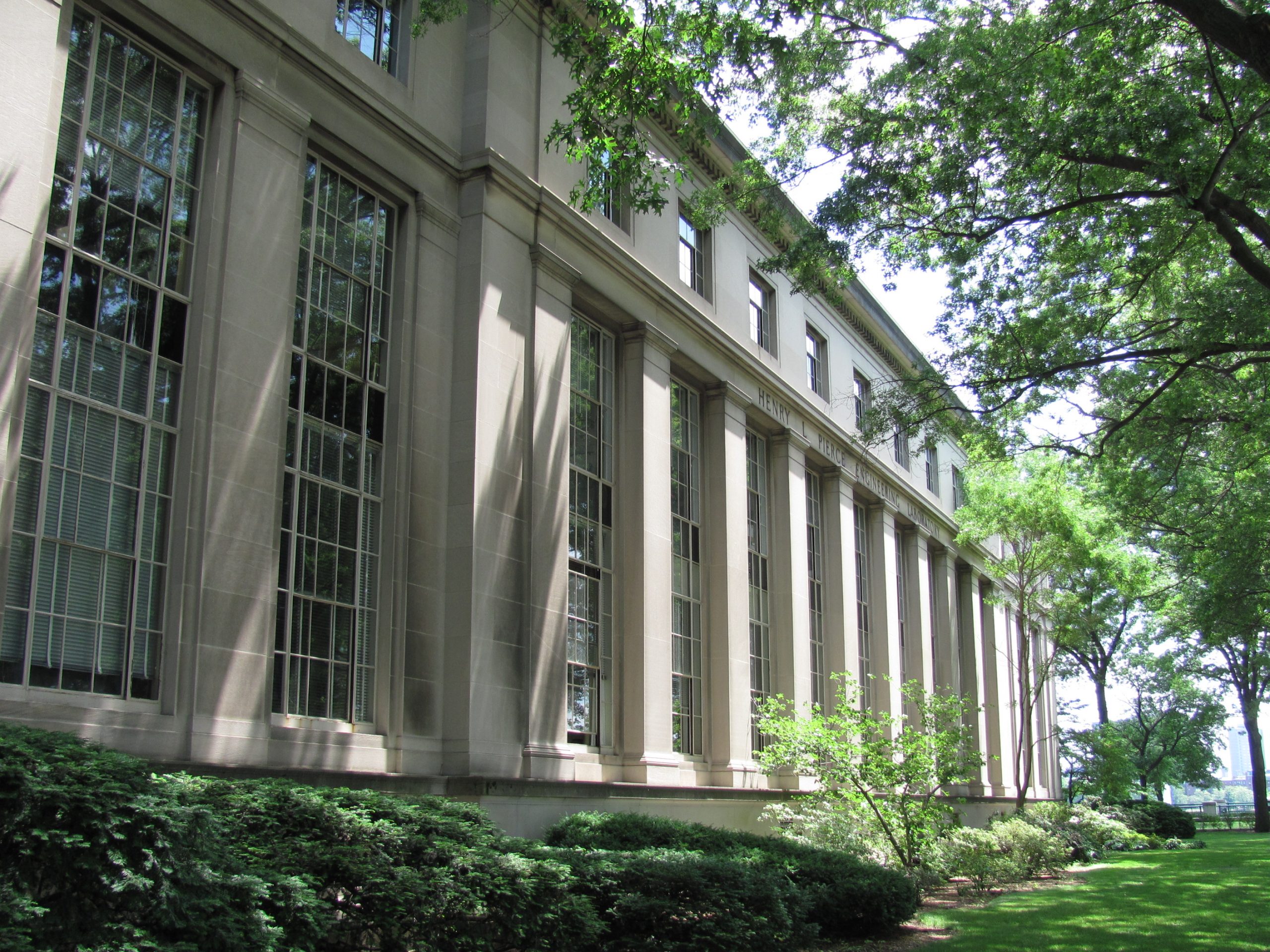Hazard-informed Building LCA Dashboard
The current understanding of what makes a building green is largely shaped by the greenhouse gas (GHG) emissions associated with constructing the building. The dashboard below illustrates CSHub findings that capture how embodied and operational emissions are impacted by exterior wall core material choice—concrete or wood. Not only does this choice influence emissions associated with initial construction but also influences emissions associated with hazard repairs, regular wear-and-tear, and operational energy usage. Explore the dashboard to assess the implications of exterior wall core material choice for the costs and impacts of homes in your community.
Relating to the map
P-value: Statistical significance of ranking. Typically, values smaller than 0.05 imply that the differences between the options are significant (i.e., the options are not the same).
Relating to the bar plots
Risk tolerance: “Very low” matches the map and represents the 95 percentile of wind loading scenarios, “Medium” represents the 50 percentile. Due to how the findings are distributed, “Medium” also represents the mean, average, or expected value.
Additionally, there is an option to not account for hazard vulnerability and end-of-life.
Category: “Labor” includes labor costs, “Materials” and “Operational energy” include GHG emissions and costs associated with initial construction, hazard repairs, regular wear-and-tear, and operational energy usage.
Prepared by Dr. Ipek Bensu Manav

